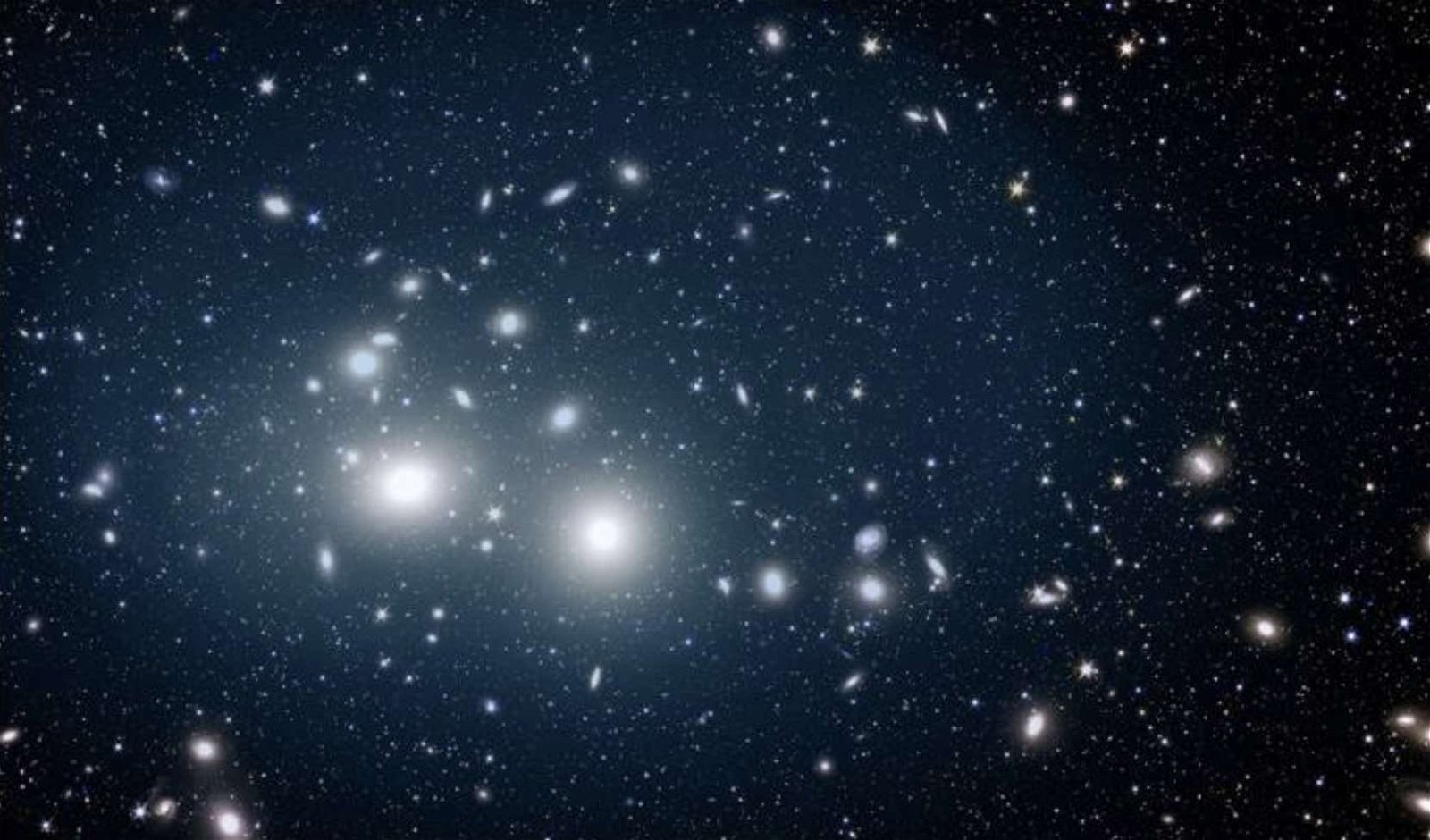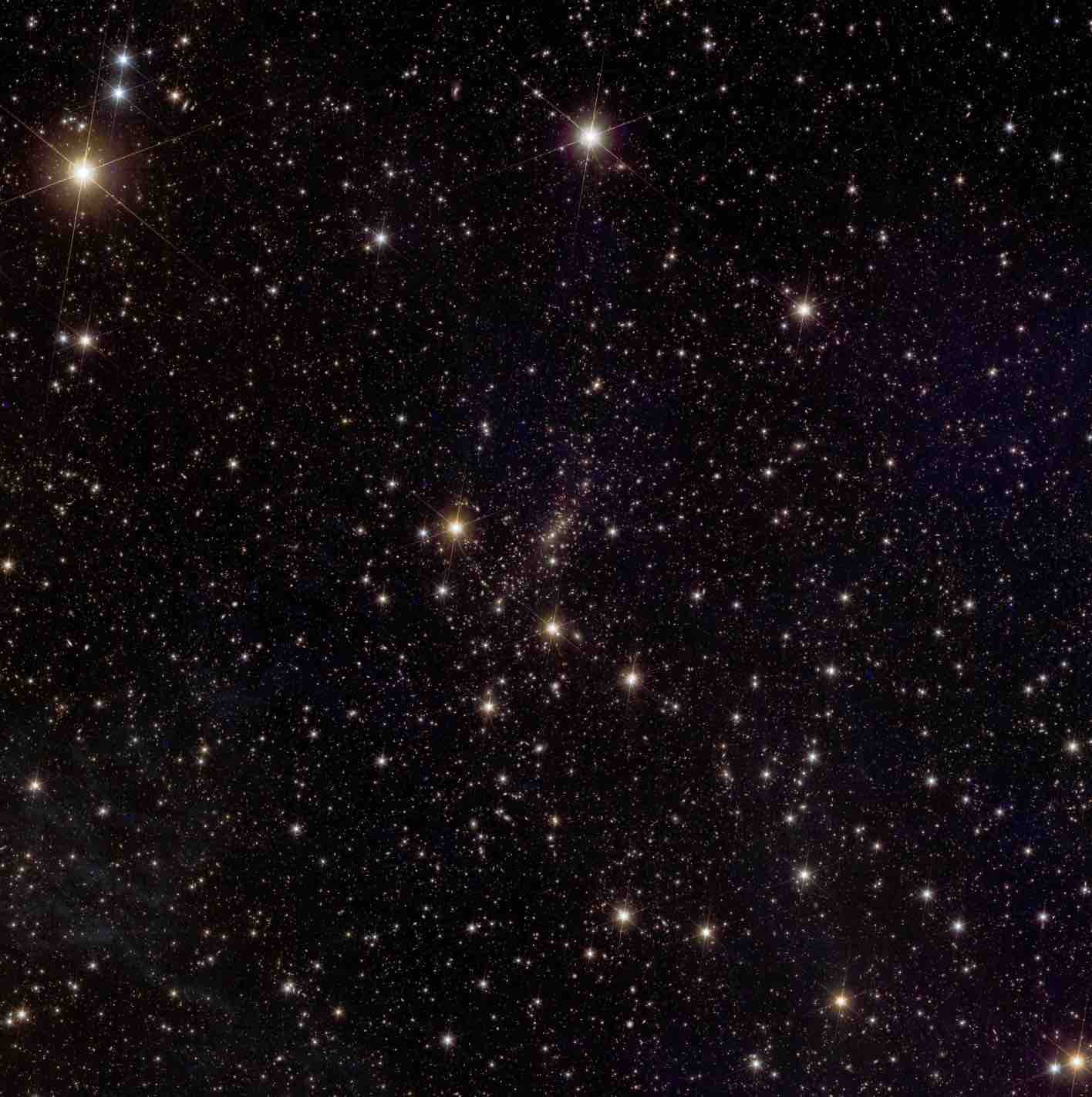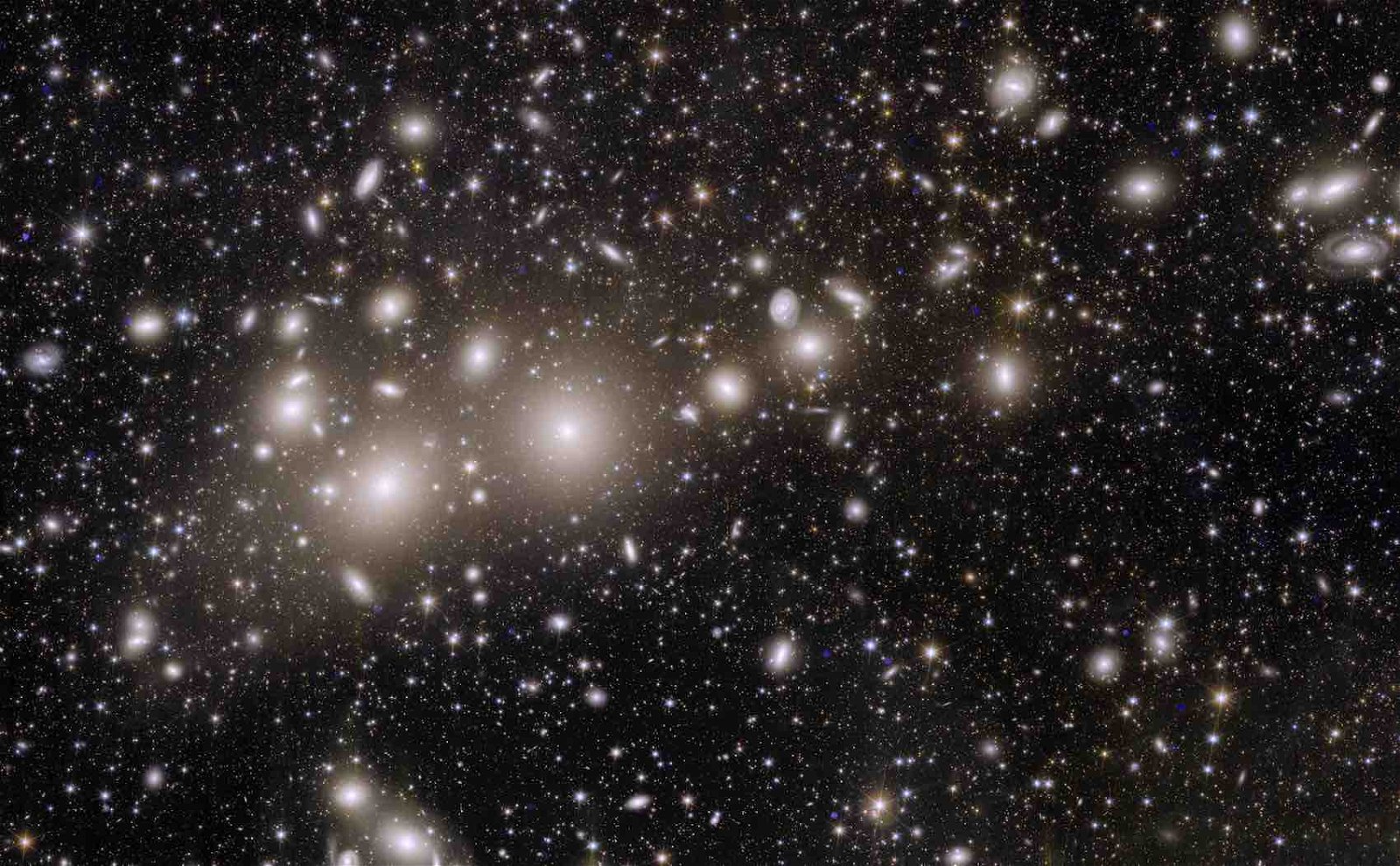The Euclid satellite mission has dispatched its first collection of scientific imagery, revealing a dazzling display of orphan stars numbering in the billions amidst the Perseus cluster of galaxies.
240 million light-years away, the Perseus cluster represents one of the most massive structures known to astronomers. Amidst its thousands of galaxies, Euclid was successfully able to discern the faint light emitted by orphan stars dispersed throughout the cluster.
The new effort, led by astronomers from the University of Nottingham, has provided potentially crucial new information about how these wandering “orphans” form. This remains a mystery since star formation normally occurs within galaxies.


A mission of the European Space Agency (ESA), Euclid aims to map the geometry of the Universe to help astronomers understand the nature of dark matter and dark energy, two of the most perplexing mysteries in modern cosmology.
Peering back billions of years into time, Euclid’s scientific instruments are equipped to study the relationship between distance and redshift throughout the universe and study the way cosmic structures evolve and change over time. Given the sensitivity of its instruments, Euclid can capture imagery with sharpness comparable to NASA’s Hubble Space Telescope, although covering a vastly larger area of the cosmos.
Currently, dark energy is believed to have played a crucial role in the acceleration of the universe’s expansion.
Professor Nina Hatch, who led the Nottingham team, said she and her colleagues were surprised to be able to discern the subtleties of the light produced by these orphan stars, which included their coloration.
“This light can help us map dark matter if we understand where the intracluster stars came from,” Hatch said in a statement. “By studying their colours, luminosity, and configurations, we found they originated from small galaxies.”


Generating a bluish coloration and a characteristic clustered composition, orphan stars are believed to have been torn from the outer ranges of nearby galaxies. Another possibility is that some of them are the result of the disruption of smaller dwarf galaxies.
Previous models suggested that orphan stars would orbit the largest nearby galaxies within the cluster once they were separated from their original parent galaxies. To the surprise of the Nottingham team, their recent research yielded quite different findings, which included the observation that orphan stars appear to circle a point between the two most luminous galaxies in the cluster.
“This novel observation suggests that the massive Perseus cluster may have recently undergone a merger with another group of galaxies,” said Nottingham astronomer Dr Jesse Golden-Marx, adding that the recent merger his team observed “could have induced a gravitational disturbance, causing either the most massive galaxy or the orphan stars to deviate from their expected orbits, thus resulting in the observed misalignment.”
For context, the researchers say that the diffuse light emanating from these billions of stars is greater than 100,000 times fainter than the darkest night skies that can be seen from Earth. However, Dr Matthias Kluge, first author of the team’s new study, pointed out that because the light is distributed over a large area, “when we add it all up, it accounts for about 20% of the luminosity of the entire cluster.”
Going forward, data collected by Euclid will be used not only to explore mysteries like dark matter and dark energy but also to create a map of the Universe’s large-scale structure. By observing billions of galaxies out of 10 billion light-years spanning more than a third of the entire sky, Euclid will provide astronomers with crucial information about the structure and expansion of the Universe, which will also provide insights into the nature of gravity.
“This work was only possible thanks to Euclid’s sensitivity and sharpness,” said team member Mireia Montes, Ph.D., an astronomer with the Institute of Astrophysics on the Canary Islands.
You can see more of Euclid’s latest imagery in the short video below, made available by the ESA on its YouTube Channel:
Micah Hanks is the Editor-in-Chief and Co-Founder of The Debrief. He can be reached by email at micah@thedebrief.org. Follow his work at micahhanks.com and on X: @MicahHanks.

